Itinerary:
BG: Sofia - Plovdiv - Etar - Veliko Tarnovo - Arbanasi - Sumen - Varna; RO: Constanta - Bucharest - Sinaia - Brasov - Bran - Viscri - Sighisoara - Sambata de Sus - Sibiu - Alba Iulia - Sibiel - Sibiu - Bucharest
Included services:
Transport by modern minibus / bus
Tour guide in the language of your choice (English, German, French)
10 nights accommodation in 3*-4* hotels
Not included services:
Lunch and wine tasting in a traditional Bulgarian restaurant/winery (“Domaine Boyar”, Sumen)
Lunch and wine tasting in "Rhein Azuga" wine cellars, Azuga.
Entrance fees
Other services that have not been mentioned
Day 1
Sofia
Group pick up from Sofia Airport.
Sofia, Bulgaria's capital, is a city full of young people, one of the most visited tourist destinations in Bulgaria (besides the Bulgarian Black Sea Coast and mountain resorts), being a good start for the country’s tour. Sofia's location at the foothills of the Vitosha Mountain weekend retreat further adds to the city's special atmosphere, even though the grey marks of the harsh communist regime are still very evident, but the capital also displays Orthodox churches, Ottoman mosques and Red Army monuments, combined with new shopping malls and glass-and-steel buildings. Sofia's is a surprising green city, Borisova Gradina being a good example from its many vast parks and nice gardens. Sofia hosts many of Bulgaria's finest museums, galleries, restaurants and entertainment opportunities.
Sofia highlights to be chosen from during the City Tour: Alexander Nevsky Cathedral, one of Bulgaria’s landmarks, late 19th century; Boyana Church, a UNESCO World Heritage site in its outskirts; Cyril and Methodius National Library - national collection of books and documents, Bulgaria's oldest cultural institute. Sofia has Bulgaria's largest museum collections, which attract tourists and students alike. The National Historical Museum in Boyana district has a vast collection of more than 650,000 items; National Archaeological Museum, a former mosque, Natural History Museum, Ethnographic Museum hosting large collections of Bulgarian folk costumes are other places of interest; and also Vitosha Boulevard, displaying fashion boutiques and luxury stores.
Dinner in a nice traditional restaurant.
Accommodation in Sofia
Sofia, Alexander Nevsky Cathedral (© Plamen Agov • studiolemontree.com)
Day 2
Sofia - Plovdiv
Transfer from Sofia to Plovdiv.
Plovdiv is Bulgaria’s 2nd largest city with many interesting, and proudly counts itself among the few cities with two ancient theatres, ruins of the medieval fortified walls and towers, Ottoman baths and mosques; and can present an Old Town with beautiful houses, churches and narrow cobbled streets. The city hosts many museums, art galleries and cultural institutions and it is organizing music, theatre and film events.
In 2019 Plovdiv will bear the European Capital of Culture title.
Two of the first parks in Bulgaria are located in the city’s center: Tsar Simeon garden - City Garden and Dondukov garden - Old Town’s Garden. Some of the larger parks also include a Botanical Garden.
Dinner and accommodation in Plovdiv
Plovdiv Hills, by Stolichanin, Wikimedia Commons
Day 3
Plovdiv – Etar – Veliko Tarnovo
Transfer from Plovdiv to Etar.
Visit of the Etar Architectural-Ethnographic Complex (Etara), an open-air museum located near Gabrovo, in northern Bulgaria. The museum lies on the northern edge of the Bulgarka Nature Park and displays the Bulgarian folk costumes and customs, culture and craftsmanship. Spanning over an area of 7 ha and containing water-activated installations, traditional houses and craftsmen's workshops it tries to present the architecture, way of life and economy of Gabrovo and the region.
Transfer from Etar to Veliko Tarnovo.
Veliko Tarnovo, "City of the Tsars", is located on the Yantra River and is nation-wide known as the capital of the Second Bulgarian Empire, attracting many tourists with its charming architecture. The old part of the town is situated on three hills (Tsarevets, Trapezitsa and Sveta Gora) and it is displaying the palaces of the Bulgarian Tsars, the Patriarchate, the Patriarchal Cathedral, as well as administrative and residential buildings surrounded by thick stone walls.
Veliko Tarnovo Town Sightseeing: the historic Trapezitsa Hill, walk in Samovodska Charshiya street, medieval and Bulgarian Renaissance churches, and eventually the ancient Roman fortress of Nicopolis ad Istrum (20 km north of Veliko Tarnovo).
Dinner and accommodation in Veliko Tarnovo
Etar Architectural-Ethnographic Complex, Photo Licensed under CC BY-SA 2.5, Wikimedia Commons
Day 4
Veliko Tarnovo – Arbanasi – Sumen – Varna
Veliko Tarnovo: Guided Tour of Tsarevets Hill (its most popular landmark).
Transfer from Veliko Tarnovo to Arbanasi.
Arbanasi is a picturesque village in Veliko Tarnovo Province settled on a high plateau between the towns of Veliko Tarnovo (4 km away) and Gorna Oryahovitsa. The small village is known for its rich history and many historical monuments, such as the 17th and 18th century churches and fine examples of Bulgarian National Revival architecture, which have turned it into a very popular tourist attraction.
Walk in Arbanasi village.
Transfer from Arbanasi to Sumen.
Sumen: Lunch and wine tasting in a traditional Bulgarian restaurant/winery (“Domaine Boyar”)
Transfer from Sumen to Varna.
Dinner and accommodation in Varna
Tsarevets in February, by Pavel Gramatikov, Wikimedia Commons
Day 5
Varna – Balchick (BG) – Constanta – Bucharest
Transfer from Varna to Balchik.
Balchik short city tour with its main attractions: the Balchik Palace. The official name of the palace was the Quiet Nest Palace and was used by Queen Marie of Romania. The palace domain has many villas, a smoking hall, a wine cellar, its own power station, a monastery, a spring, a chapel, other auxiliary buildings, and a botanical garden. Queen Marie of Romania, the wife of Ferdinand I. wanted Balkan and Oriental motifs to be used for the palace. The task was carried out by Italian architects and by a Swiss florist in the castle's park. The main building's minaret coexists with a Christian chapel, perfectly illustrating the queen's Bahá'í beliefs. Today many of the former royal villas and other buildings of the complex are reorganized inside and used to accommodate tourists. Some of the older Bulgarian water mills have also been preserved and reconstructed as restaurants or tourist villas.
Balchik Botanical Garden is arranged in the palace's park, has 6,5 Hectares and hosts 2.000 plant species. One of the garden's main attractions is the collection of large-sized cactus species, second-biggest in Europe after the one in Monaco.
Transfer from Balchik (BG) to Constanta (RO).
Constanta short city tour. Main sights: Ovid's Square - named after the poet Publius Ovidius Naso, exiled to Tomis in 8 AD with his statue; Roman Mosaics Complex on three levels once linked the upper town to the harbor, it was the city's commercial center until the 7th century. Archaeological vestiges of workshops, warehouses, shops, public baths; Genoese Lighthouse - 7.9 meters high, built in 1860 to honor the Genovese merchants who established sea trade community in the 13th century; Constanta Casino – a beautiful Art Nouveau style building, featuring nice architecture and offering a wonderful view of the sea; House with Lions, pre-Romantic and Genovese architectural styles, late 19th century building featuring four columns adorned with sculptured lions; Archeology Park - hosts columns and fragments of 3rd and 4th-century buildings and a 6th-century tower; St. Peter & Paul Orthodox Cathedral – built in Greek-Roman style around 1883 severely damaged during World War II and restored in 1951. The interior mural paintings display a neo-Byzantine style combined with Romanian elements; Grand Mosque of Constanta.
Transfer from Constanta to Bucharest.
Dinner and accommodation in Bucharest.
Day 6
Bucharest – Brasov
Known in the past as "Little Paris", Bucharest has suffered a decline in the communist period, followed by a "revival in its own way", in the past 20 years. Nowadays the city displays an interesting mix of old and new: modern steel-and-glass buildings mixed with ancient monuments with long and rich history; palaces and museums scattered in the Old Town, sophisticated cafes and restaurants providing unique feelings along with grey marks from the communist era, altogether representing the reborn charm of Romania's modern and interesting capital, with its cultivated sensibility.
Bucharest City Tour: visit of the Old Town (attractions in the Lipscani/Historical Centre: Manuc's Inn, the ruins of the Old Princely Court), Victoriei Boulevard with the Romanian Athenaeum - the capital's cultural landmark, the former Royal Palace, Cantacuzino Palace, Kretzulescu church.
Transfer from Bucharest to Brasov.
Brasov (Kronstadt in German, “Crown City”) is a city surrounded on three sides by the mountains and was founded by the Teutonic Knights in 1211 on an ancient Dacian (Romanian ancestors) site. It is a remarkable city which hosts Gothic, Baroque, Renaissance architecture, as well as other historical attractions. The marks of the Saxon heritage, are well preserved mainly in the Old Town.
Brasov short city tour with the visit of the City Council Square; the Black Church (Brasov's landmark, over 500 years old, the largest Gothic church in SE Europe, hosts one of the greatest pipe organs in Europe); Ecaterina's gate, a fairy-looking medieval tower, part of the last preserved original city gates.
Dinner and accommodation in Brasov
Day 7
Brasov – Sinaia – Bran – Brasov
Transfer from Brasov to Sinaia.
Sinaia, ”Pearl of the Carpathians”. Visit of the Peles Castle, former residence of Romania's Kings. Built by King Carol I of Romania (born Prince Karl of Hohenzollern-Sigmaringen dynasty), as his summer residence, the Peles Castle shelters a huge collection of works of art, rare furnitures, weapons collections, valuable books, and over 2.000 paintings in its 160 rooms. Built like a fairy tale castle, in German Renaissance style and surrounded by the majestic Carpathian mountains, the Peles Castle reveals its beauty on the outside, as well as on the inside, surrounded by seven terraces decorated with statues, intricate stone-made wells, ornamental vases and Carara marble.
The Peles Castle's architecture profiled against the snow-capped mountain peaks is a stunning and breathtaking view; one of the finest castles one can ever see.
Lunch and wine tasting in "Rhein Azuga" Winery in Azuga.
Transfer from Azuga to Bran.
In the afternoon - visit of the Bran Castle, known as the Dracula’s Castle. The medieval stronghold perched on rocks high above the valley was built in the XIVth century, in order to protect the peasants and landowners at the border between the two historical provinces: Walachia and Transylvania.
Transfer from Bran to Brasov.
Dinner and accommodation in Brasov
Day 8
Brasov – Viscri – Sighisoara
Transfer from Brasov to Viscri.
Situated 43 km away from Sighisoara, Viscri is a traditional Saxon village, an oasis of tranquility where HM King Charles III owns two traditional houses. Visit of the spectacular fortified Saxon church, listed in the UNESCO cultural heritage.
Transfer from Viscri to Sighisoara.
Sighisoara (Schässburg in German) is a small fortified city but one of the most visited cities in Transylvania, and offers an outstanding testimony of the local Saxons culture. The best preserved medieval citadel in Romania, Sighisoara offers a genuine feeling of a medieval fortress, one special feature is that its houses have been permanently inhabited.
Sighisoara: Visit of the well preserved fortified site: the Stag House, the Clock Tower, the Church on the Hill, the Venetian House, the Covered Stairs.
Dinner and accommodation in Sighisoara
Day 9
Sighisoara – Sibiu
Transfer from Sighisoara to Sibiu.
The city of Sibiu, 2007 European Capital of Culture is a fusion of Romanian, Saxon and Hungarian cultures, displaying an interesting blend of architectural styles, the sheer scale of its historic core - a labyrinth of medieval squares, narrow streets, churches and bridges - being quite impressive. Sibiu is primarily loved for its medieval charm, for its cosy restaurants and is surrounded by beautiful landscapes. A cyclist-friendly city, Sibiu and its surroundings can be explored by bicycle, as well as on foot. The Citadel of Sibiu is an absolute must-see place, as it remains one of the best-fortified citadels across Europe.
Tour of the medieval centre of Sibiu, one of Romania’s most attractive cities: the Large Square with Brukenthal Palace, Haller House, the Catholic Church and the Council Tower - symbol of the city; the Small Square with Luxembourg House, the Liar's Bridge, the House of Arts; Huet Square with the Evangelical Church; and the Fortress Street.
Dinner and accommodation in Sibiu
Day 10
Sibiu - Alba Iulia – Sibiel – Sibiu
Transfer from Sibiu to Alba Iulia
Alba Iulia: Short city tour with the visit of Alba Carolina fortress (Guard Changing Ceremony - every day at 12:00 pm), the Roman Catholic church, the Reunification cathedral.
Alba Iulia's landmark is represented by the Vauban-style fortress with seven bastions, star-shaped. It was built in the early XVIIIth century, after the plans of two architects: Visconti and Doxat de Demoret (the "Austrian Vauban"), who radically transformed the medieval fortress based on the former Roman castrum into a seven-bastion baroque fortress, the most remarkable of its kind in SE Europe.
Transfer from Alba Iulia to Sibiel.
Sibiel (22 km away from Sibiu) is one of the 18 traditional Transylvanian villages with a special cultural, architectural & historical heritage, located SW of Sibiu’s outskirts ("Marginimea Sibiului"). Sibiel main attractions are: "Priest Zosim Oancea" Glass Icons Museum which hosts the largest glass painted icons in Transylvania (XVIIIth-XIXth century), unique in Europe with over 700 exhibits and "Holy Trinity" Church, XVIIIth century with valuable indoor paintings and icons on glass & wood.
Transfer from Sibiel to Sibiu
Dinner and accommodation in Sibiu
Day 11
Sibiu – Bucharest
Transfer from Sibiu to "Henri Coanda" Airport Bucharest.
Goodbye Romania !
 Authentic Romania
Authentic Romania Our Specials
Our Specials City Breaks
City Breaks





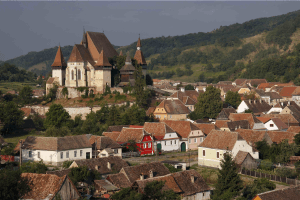
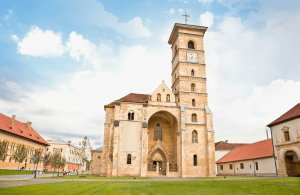
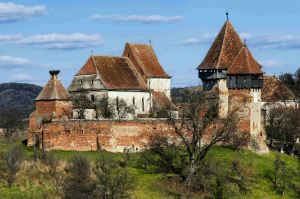
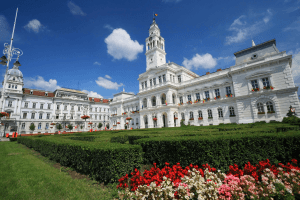
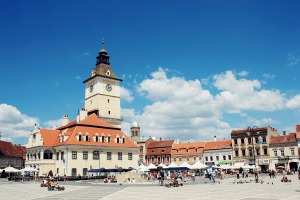
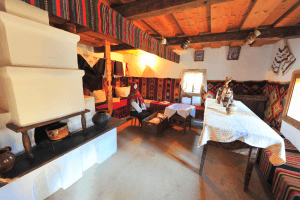
.png)
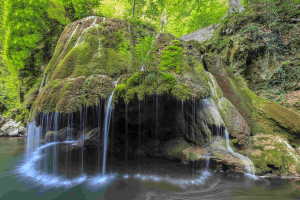
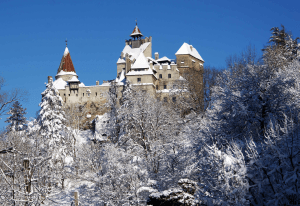

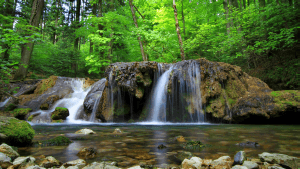
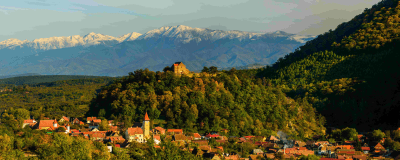
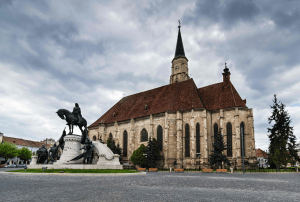
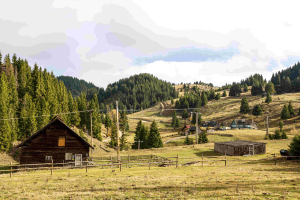
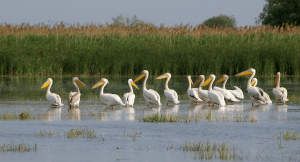
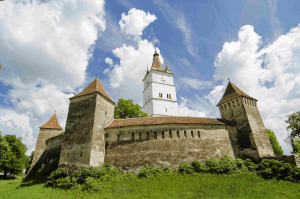
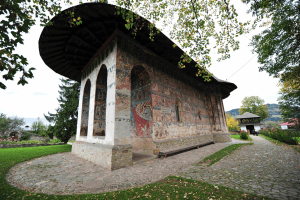
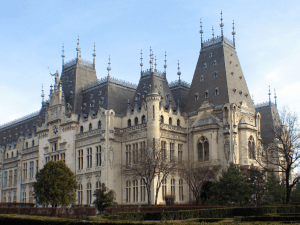
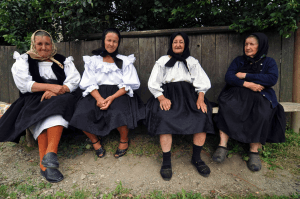
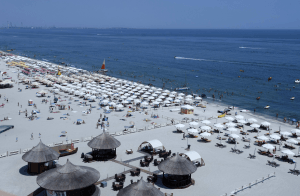
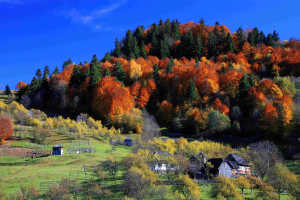
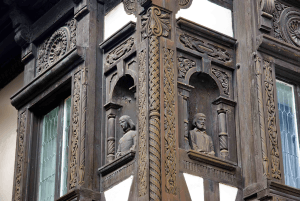
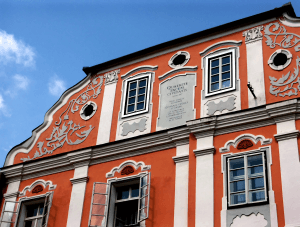
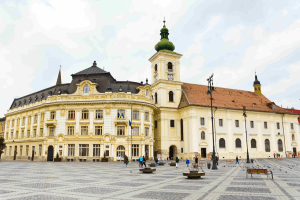




























































.jpg)











Add a comment